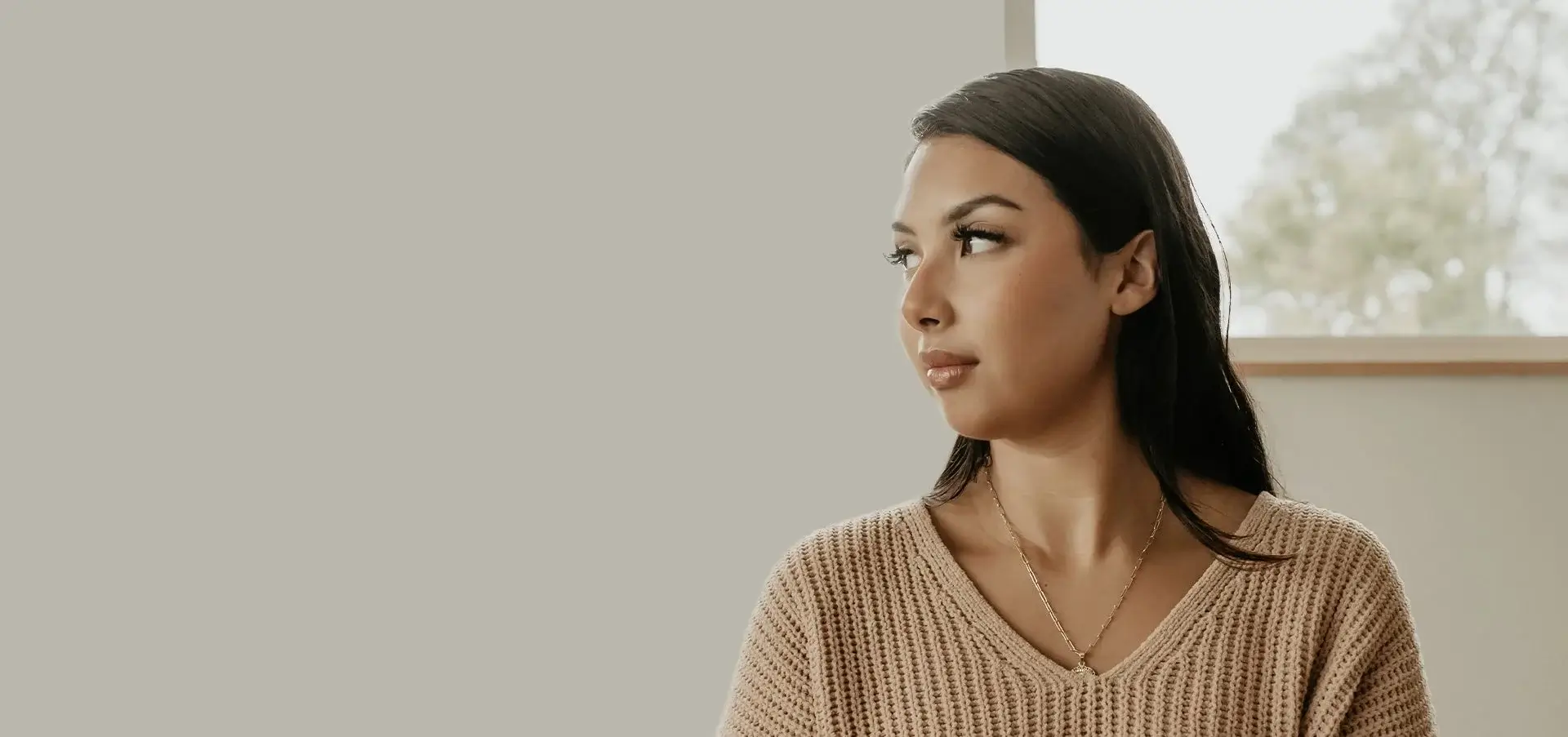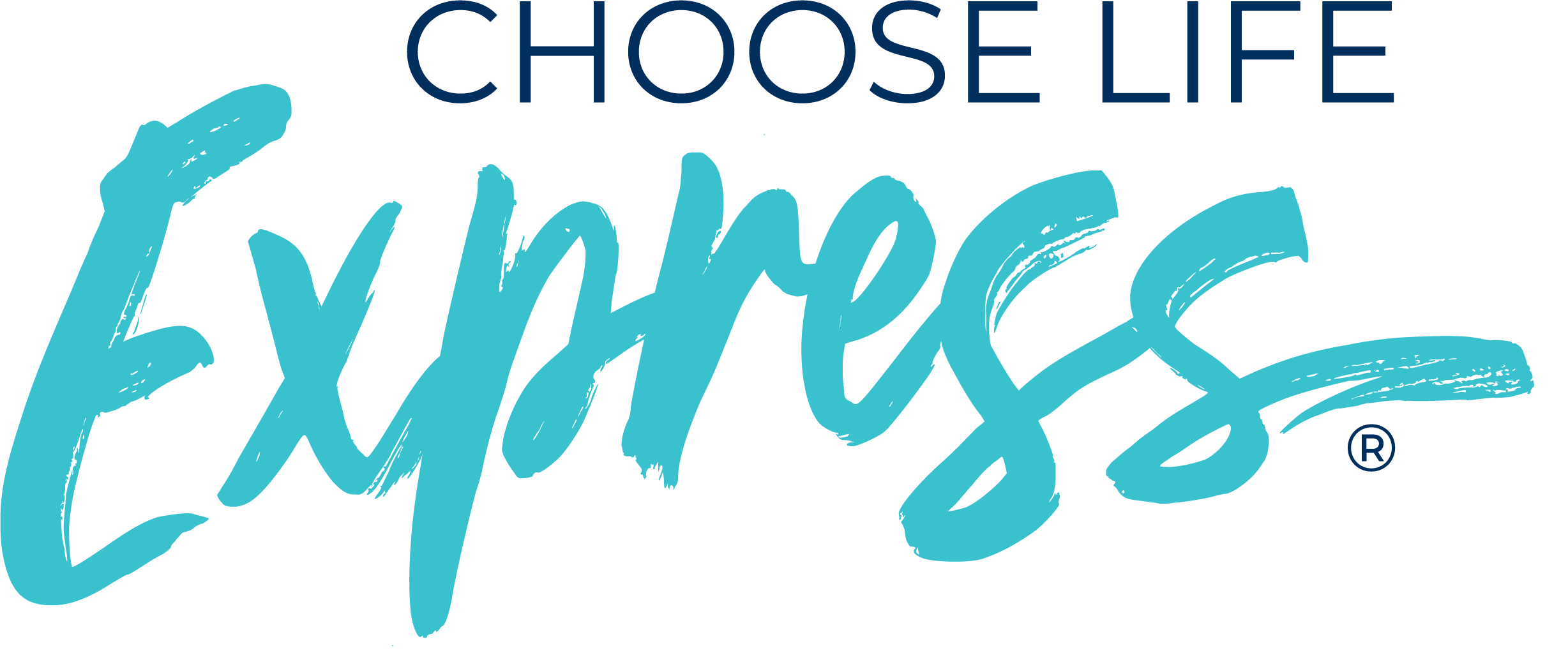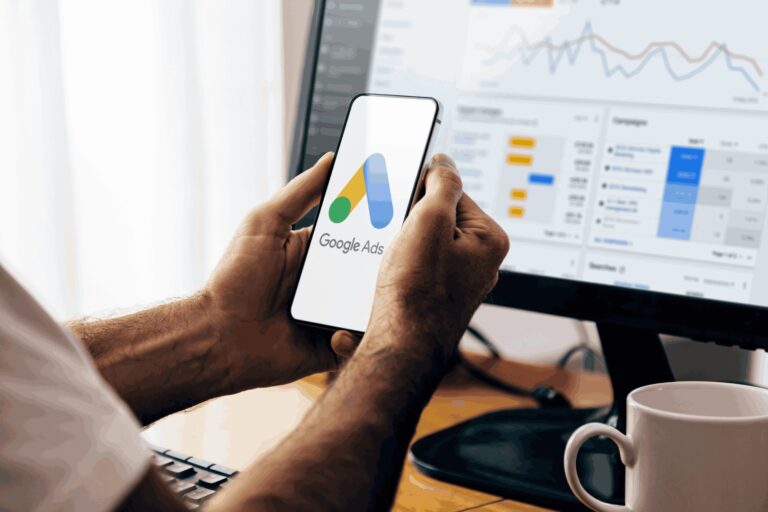Today, there are so many options for marketing and advertising. And because that world is always changing, it’s important to stay on top of the latest trends.
One trend that may surprise you is this: Gen Z (and some younger Millennials) is really starting to pay attention to non-digital advertising. For a generation that loves being connected to their devices, this may seem strange at first, but it actually makes a lot of sense. They feel like digital marketing and advertising follow them everywhere they go, while more traditional methods of advertising feel more under their control because they can choose whether to view and engage with it or not.
Why Diversify Your Strategy?
Fifty-six percent of Gen Zers don’t click on ads when browsing websites. This means that there are still a lot who do click on ads but if that’s the only kind of advertisements you offer, you’re missing out on a huge part of your client base! Additionally, over half use ad-blockers so they don’t even see ads in the first place.
In contrast, 84% of Gen Zers DO pay attention to out-of-house (OOH) advertising like billboards. They view these ads as “relaxing” because they aren’t intrusive like the constant deluge of digital ads can be. They feel like they get too much information on their phones; 41% say they’re overwhelmed by the number of notifications they receive.
Regardless of whether Gen Zers always click on mobile ads, they definitely use their smartphones to look up the companies behind the OOH ads they see. Thirty-three percent have searched for the advertised company online, and a quarter have gone to the advertiser website; fifteen percent have visited the advertiser’s social media pages.
Hopefully you see the importance of having a coordinated campaign of marketing and advertising that spans both digital and nondigital spaces to reach as many clients and potential clients as possible. Here are some tips on planning and executing an excellent marketing strategy that includes both.
Examples of Out-Of-House Advertising
Think outside, and think non-digital when it comes to planning your OOH ads. The most common locations are billboards, bus stops or benches, shopping centers, public transit stations, and at movie theaters. Most of these only grab someone’s attention for one or two seconds, but those small snippets of time matter and can add up to a client walking through your center doors who otherwise may never have heard of you.
Here’s how OOH ads work. They’re designed to grab people’s attention, not share information. They’re eye-catching with striking visuals and a catchy or thought-provoking statement or question. The only “call to action” is a URL to your website or landing page where you want people to go. You want this to be short and memorable as well. Then, once the viewer is on your page, that’s where you can share all the information, because they chose to take the next step to learn more. They’re on your site because they responded to an ad and think you can help them. And they took these actions on their own terms, not because a digital ad invaded their personal space on their phone.
We know out-of-house advertising (especially billboards) are pricey and it’s tempting to want to put as many words on your ads as possible to feel like you’re getting your money’s worth. But remember: People are only going to absorb what they can take in in one or two seconds, so that’s why this advertising should be short and sweet. People will likely be commuting as they pass, so what’s the most important short message you can put on there that will get their attention and make them curious enough to look you up online later? Use that.
How to Diversify Your Strategy
Out-of-house advertising requires lots of detailed planning and time. Because you only have someone’s attention for one or two seconds, OOH forces you to distill your core message down to its most basic form. Remember, you’re trying to grab people’s attention, not inform them about anything.
Set aside some significant planning time for this. Pull together some creative people on your staff to help brainstorm. Research what other advertisers in similar fields have done. Write down your favorite ideas and start to think through how you can communicate a core message in 10 words or less.
Once you’ve decided on your message, it’s time to think about what visuals you’ll use. These should be striking so they catch people’s attention. Consider using images of how you want your clients to feel (hopeful, inspired, encouraged, equipped, empowered) instead of images that reflect how your clients likely feel in the moment (overwhelmed, scared, indifferent, angry). You want viewers to feel inspired and hopeful by what your center could do for them, not reminded of their current mental state. This communicates subtly the message that there is hope for a better future than what they can envision now.
After planning, deciding on your message, and thinking through visuals, you want to think strategically about what kind of OOH advertising will be best for your center. Where are your target clients? Where do they hang out? Do they use public transportation? Or do they drive more than use the bus or train? The answers to these questions will help you design a strategy about how to reach them.
Hopefully you’re tracking with us about why this is important and you’re starting to catch a vision for how your center can utilize OOH advertising to reach more clients. One big question in your mind, though, might be surrounding cost. This kind of advertising can be pricey, and your budget may be stretched thin already.
This is an excellent time to present your new strategy to some key donors who will catch this vision and want to help. You can show them that you’re forward-thinking, are staying on top of current trends, and considering the best ways to bring more clients through the door. Choose a few of your high-capacity donors and meet with them personally present your plan. Share some of the statistics from above about why this is a good strategy to employ and ask them for their help.
How to Follow Up Online
You understand the need to reach more clients and that that likely will happen offline. You have a plan in place about where you’ll advertise, and have secured funding. Now it’s time to plan the follow up online. After potential clients see your ad, the next steps they’ll take to learn more is to look you up online, so let’s make sure you’re ready to go there as well!
Decide where you’re going to send them. This is the URL you’re putting in your ad, and it can be your homepage or a separate landing page. Wherever you choose to send them, here are some elements you’ll want to include.
Use the same visuals from the ad. Incorporate the same colors, images, and fonts that you used on your OOH advertisements. This will give people visual reassurance that they’re in the right spot and have found the information they were looking for.
Expound upon your key message. In the ad, you likely touched on a nerve or sparked curiosity, which is why your potential client chose to visit your website. Now is your chance to elaborate and answer their questions, acknowledge their pain points, and show how your center can serve them. This is where you’ll insert calls to action (schedule an appointment, contact us, learn more, etc.) and can use more words to show that you empathize and understand them.
Utilize SEO. You thought we weren’t going to mention that in this email, right? Afterall, what role could SEO possibly play in a marketing strategy about out-of-house advertising? A big one, actually! Let’s say someone saw your billboard and wanted to learn more but couldn’t remember your exact name or web address. They remembered the gist, so they decide to do a quick Google search hoping that you show up. Remember, a third of Gen Zers who saw an OOH ad searched for the business online, they didn’t go straight to the website.
Don’t forget social and Google My Business. For the duration of your OOH ad, you’ll want your social media accounts and GMB to reflect the same visuals, fonts, and colors as your ad so when people search for you on Google and social, they recognize you right away. Make sure whatever copy you have on these sites (as well as your website) matches the copy you used in the ad to reinforce for people that they are in the right spot.
We hope this guide helps you think through how to expand your marketing strategy to reach young Millennials and Gen Z in more effective ways! The world of marketing and advertising changes constantly, so if you need help, Choose Life Marketing is here for you! We can help with your OOH campaign or work with you to plan and execute a diversified strategy to reach more people who need your service and support both on- and off-line.







